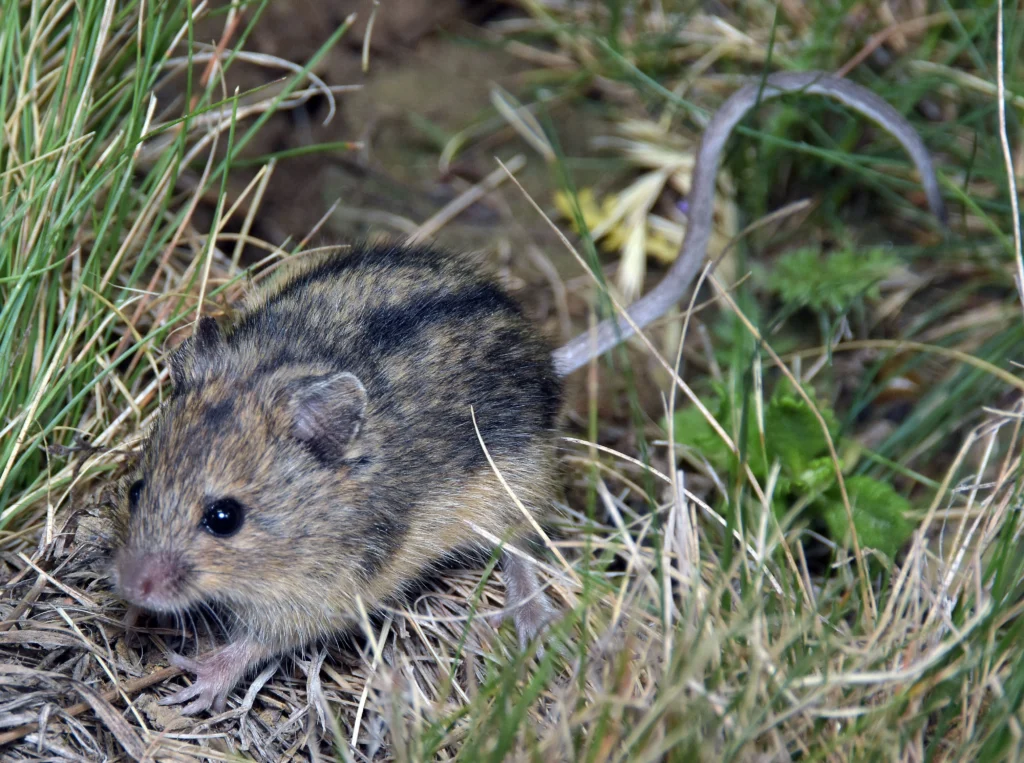Current Programs
Hungarian Meadow Viper Conservation Program
We are proud to be partners and participants in one of Europe’s most successful LIFE-supported conservation programs, the Hungarian Meadow Viper LIFE program, coordinated by the Hungarian Ornithological and Nature Conservation Society.
The Hungarian meadow viper, a small snake growing no larger than 50-60 cm, has been protected in Hungary since 1974, has been strictly protected since 1988, and since 1992 has belonged to the highest category of conservation concern, with a conservation value of HUF 1,000,000. The species is listed under Natura 2000, and as a result, all its habitats have been included in the Natura 2000 Network. In these areas, land management must be subordinated to the habitat needs of the Hungarian meadow viper.
In Hungary, its populations have survived in only two areas, the Hanság and the Kiskunság, while it has become extinct in all other locations and has dwindled even in the remaining habitats. The primary cause of its rapid population decline is habitat loss, but these vipers were also depleted due to commercial collection and intentional killing. Although this tiny snake’s venom is not strong, it is used to paralyze grasshoppers, crickets, bird hatchlings, and young rodents. No fatal bite in humans has ever been recorded.
Within the LIFE program, grasslands serving as the viper’s habitat have been restored in several locations. In 2004, the Hungarian Meadow Viper Conservation Centre was established in the Kiskunság National Park in Kunpeszér, with the primary goal of housing and breeding animals from endangered habitats. The individuals born here are released into the wild every year.
Over the more than 20 years of the program, a total of 592 Hungarian meadow vipers have been returned to their natural habitat and have taken their place in the local ecosystem.
Thanks to habitat protection, habitat restoration, and reintroductions, the Hungarian population is estimated to be between 1,000 and 2,000 individuals.
In the currently ongoing LIFE HUNVIPHAB program, the veterinary supervision of the Conservation Centre is provided by our veterinarians, and we also breed crickets and mice for feeding the viper population. Over the past two decades, our veterinarians have surgically implanted radio telemetry transmitters into the body cavities of more than 100 individuals, significantly increasing our knowledge of this species’ habitat use and lifestyle. Two of our experts are also members of the Hungarian Meadow Viper Conservation Council.
In 2001, we organized a conference to develop the species protection program, clarify the necessary conservation issues, and, with the participation of renowned international and Hungarian experts, we published a professional book dealing with the situation of the Hungarian meadow viper.
On 5 October 2009, we hosted the first Hungarian Meadow Viper Day, which has since been followed by several others.
In 2024, we invited researchers and veterinarians involved with the viper to several important professional events, engaging both domestic and international experts as part of the LIFE project. In addition to local experts, participants could listen to presentations by colleagues from the USA, Italy, Germany, France, and Romania.
Visitors to the Zoo can view the Hungarian meadow viper in the Venom House.
For more information please visit: www.rakosivipera.hu
GRASSLAND-HU LIFE Integrated Project — Long-Term Conservation of Pannonian Grasslands and Related Habitats Through the Implementation of Strategic Measures From the National Natura 2000 Prioritized Action Framework
The project, which began in 2019, aims to improve and ensure the long-term conservation status of grassland habitats and the species associated with them. This will be achieved through various activities, including the following.
The Hungarian Natural History Museum, a collaborating partner in the project, invited the Budapest Zoo & Botanical Garden to participate in the study of the breeding biology and husbandry conditions of the Hungarian birch mouse.
The work began in 2021, and one of the first female mice from a wild capture gave birth to five healthy offspring and successfully raised them, a first in zoo conditions. We also plan to use radio telemetry transmitters for this species to uncover its previously unknown habitat use. So far, three transmitters have been implanted into the abdominal cavities of juvenile house mice, used as a model species, demonstrating that this technique will be applicable to the birch mouse in the future as well.
For more information please visit: www.grasslandlifeip.hu


